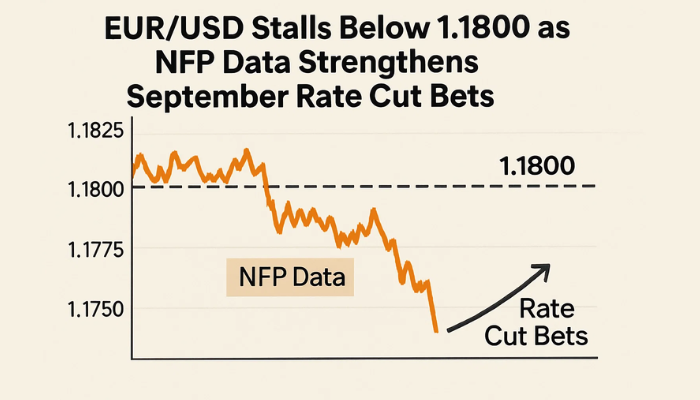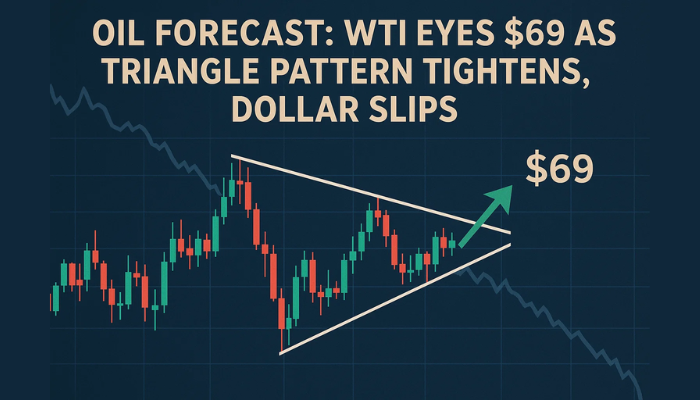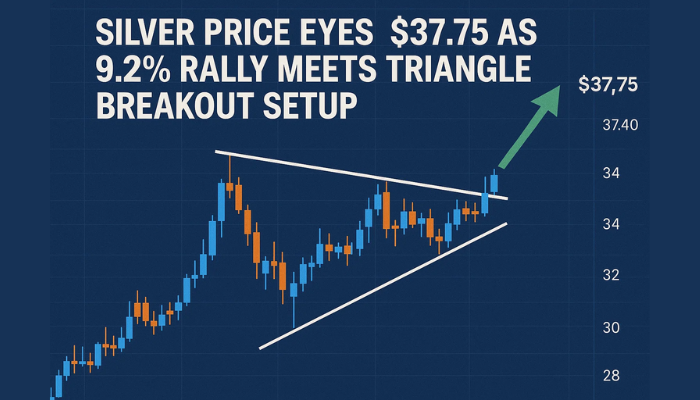Scalping 101: Product Selection And Order Flow
If traditional buy-and-hold investment strategies are akin to running a marathon, active scalping is a 40-dash.

Once again, it is the weekend and the markets are finally quiet. With any luck, your trading account is in the green, a reward for hours of hard work and study. Today we are going to resume our series on scalping.
In last Saturday’s installment of Scalping 101, I covered the basic requirements and mindset necessary for implementing a scalping approach. This article will deal with selecting an ideal market for trade and recap an actual setup from last Tuesday.
Finding A “Target Rich” Environment
If traditional buy-and-hold investment strategies are akin to running a marathon, active scalping is a 40-yard dash. Scalpers break from the starting blocks clean, hit top speed, and finish strong — win or lose.
There are two primary characteristics of markets best suited for active scalping:
- Liquidity: The more buyers and sellers at a given price point, the better.
- Volatility: Price has to move before one can make money from moves in price!
Entering and exiting the market efficiently is a key determinant of profitability in a scalp. Costs associated with slippage can destroy the bottom line, especially when profit targets are moderate. The ideal scalping target consistently exhibits robust depth-of-market and significant daily price ranges. Tight, thin markets are not conducive to sustaining profitability when adhering to a scalping approach.
Scalpers regularly engage the forex, CFD, futures, and equity markets. Here are a few of their most common targets:
- Forex: The EUR/USD offers tight spreads and formidable daily ranges. Periods surrounding an economic release are especially attractive to short-term momentum scalpers.
- Futures: WTI crude oil, the E-mini S&P 500, and gold are attractive products. WTI crude oil is a favorite among scalpers due to its inherent volatility. The E-mini S&Ps offer second-to-none liquidity, while the breakout potential of gold attracts high degrees of ultra-short-term participation.
- Equities: Scalping individual stocks is a bit more involved than forex or futures. Most positions must be taken to the buy side, not to mention margins and fees are capital intensive. Still, scalpers look to grab marketshare on stocks with the highest traded volumes such as Apple, Amazon, or Alibaba.
Anatomy Of A Scalp
Tuesday, May 1, featured a prime example of a breakout scalp in June WTI crude oil futures. By going short under the session low established on Monday, April 30, many scalpers raked in the profits. A 1-minute chart gives us a play-by-play look at the action.
++5_1_2018.jpg)
A brief look at the chart shows the progression of a short scalp from $67.16:
- The session low established on 4/30/18 ($67.17) gained the attention of many traders. Upon $67.16 being hit for the first time, a rush of sell orders flooded the market.
- When the rush of sell orders entered the market under $67.17, momentum players hopped on the train. This brought even more shorts to the market.
- The key number of $67.00 acted as a magnet. When bearish action tested $66.99, more traders piled on to the downside. As a result, price fell to $66.90 quickly before bargain hunters flexed and the market rebounded.
Bottom Line: Respect Order Flow
As the old saying goes, hindsight is 20/20. It is fairly easy to pick out an instance such as the one above and break down the action after-the-fact. We can give reasons the WTI scalp from Tuesday was a winner all day long, but it is a largely fruitless endeavor.
What is important is the recognition of the primary driver of every scalp’s fate: order flow. Order flow is the mechanism that drives price to our profit target or stop loss. As orders hit the market, price moves. It doesn’t matter how solid our methodology or system is — if order flow is against us, the trade is destined to be a loser.
Being able to recognize order flow quickly is the most important part of being a successful scalper. If we know that order flow is against us, cutting losses becomes routine. In the event new orders flood the market on our coattails, then racking profits is a foregone conclusion.
There are some in the arena of active trading that view order flow as a theory. That is fine, as there are infinite ways to trade and view the markets. But to the discipline of scalping, order flow is everything.
- Check out our free forex signals
- Follow the top economic events on FX Leaders economic calendar
- Trade better, discover more Forex Trading Strategies
- Open a FREE Trading Account


